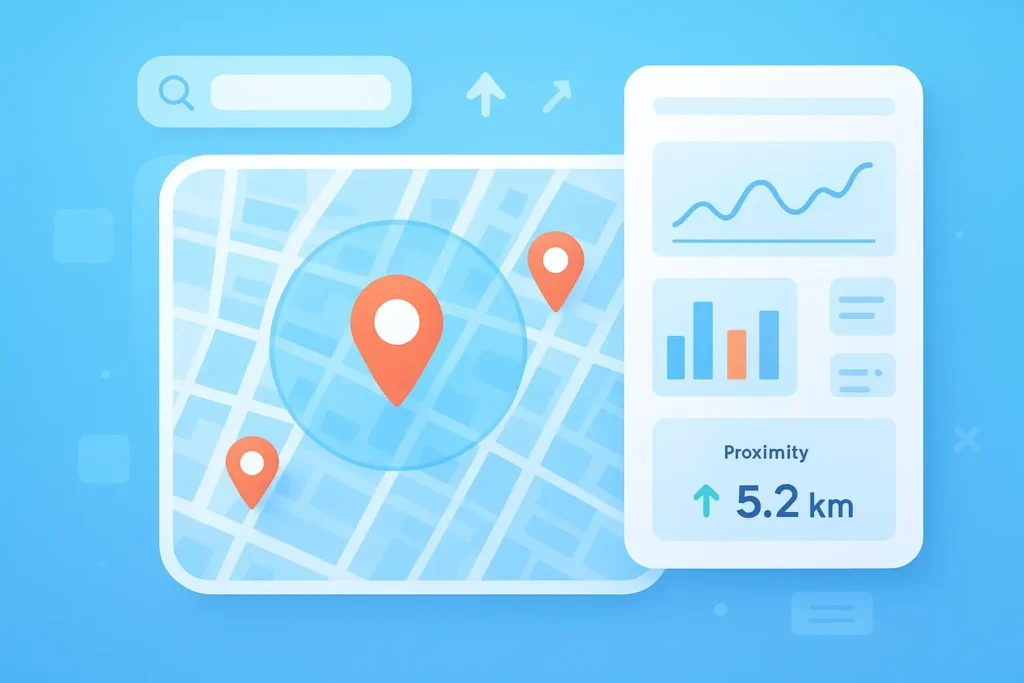Why Local Visibility Matters More Than Ever
Local search has changed how customers discover nearby services. People search fast, compare faster, and click the business that feels closest, clearest, and most relevant. Brands that ignore location signals usually fall behind. Those that track everything with precision tend to rise. This is where structured location data, consistent monitoring, and smart tracking tools create a major shift in rankings.
Local SEO is no longer about tossing your city name into a title. It is a blend of proximity signals, engagement patterns, click pathways, mobile confidence, and the accuracy of your local data across multiple platforms. Businesses that understand these patterns can grab visibility in competitive markets without expanding their ad budgets.
Mapping Local Intent and Understanding Search Behavior
Local intent behaves differently from broad search queries. People expect instant answers, location clarity, and trustworthy references. Search engines look for cues like distance, relevance, and engagement signals before deciding who shows up in map packs.
Tracking tools help identify micro patterns in how users search near different neighborhoods. One location might respond well to short intent keywords, while another might show high conversions for longer, more descriptive searches. These variations matter for ranking, and businesses that monitor them consistently gain a clear advantage.
Using Location Based Tracking to Spot Ranking Movements
Local search rankings fluctuate more than general SEO positions. Mobile proximity, user behavior, seasonal demand, and competing listings all influence daily performance. This means relying on a single generic ranking tracker is not enough.
Location based tracking tools show how your visibility changes block by block. They reveal hidden gaps, like a sudden drop near a specific pin area or a blind spot where competitors dominate. When businesses monitor these micro shifts, they can update pages, listings, and site structure with more accuracy.
This type of granular visibility becomes even more important for multi location businesses. Seeing performance for each service area helps shape targeted updates instead of generic one size fits all adjustments.
Strengthening Local Pages and Improving Relevance Signals
Local pages typically suffer from thin content or repetitive sections. Improving them involves more than plugging in a few keywords. It requires data backed insights from real tracking patterns.
When tracking shows which queries perform well in each area, businesses can adjust copy, headings, internal links, and schema around those signals. The content becomes more aligned with actual search behavior rather than assumptions. Relevance increases, engagement improves, and rankings follow.
Even simple improvements like embedding local landmarks, FAQs based on micro intent, or location specific service pointers can raise overall performance across map results.
Monitoring Competitors with Localized Tracking Views
Competitors act differently on local SERPs than they do on national results. Some rely heavily on reviews. Others dominate listings but rank poorly for organic keywords. Tracking tools that show competitor behavior by location help reveal exactly where your business can win.
Seeing which areas competitors target, which keywords they rank for in specific neighborhoods, and where they drop gives you actionable direction. Instead of guessing, you respond with precision. This continues to build local authority over time, making your presence difficult for competitors to push aside.
Turning Local Data Into Actionable Improvements
Raw location data becomes powerful only when it drives decisions. Businesses can use it to refine service pages, optimize listings, create targeted content clusters, adjust CTA placements, and build stronger relevance around each service area.
This is where using a unified tracking platform becomes essential. If you want full local insights, start your tracking with SEOsets.
FAQ
How often should local rankings be monitored?
Daily or weekly is ideal because local results fluctuate more than normal search results.
Do location tracking tools help multi location businesses?
Yes, they show how each branch performs individually and reveal area specific opportunities.
Does improving local pages boost map rankings?
Better content, improved relevance, and accurate data all contribute to stronger map visibility.
Can competitor tracking improve local SEO?
Yes, it shows where competitors outperform you and helps you adjust strategy with precision.


